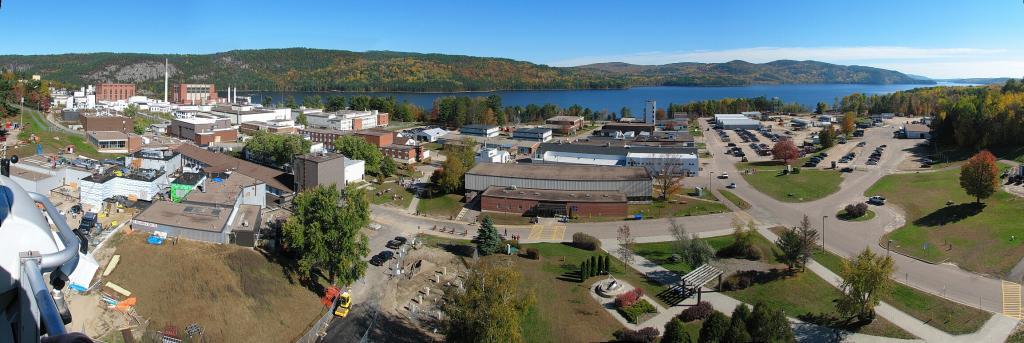Nuclear Power in Canada
Nuclear plants have been powering Canadian grids since the 1960s, but Canada has been involved in nuclear science and technology since the beginning.
Canadian Nuclear Labs at Chalk River, Ontario, has been designing, building and experimenting with nuclear reactors since the Second World War. Canada has been utilizing and refining its nuclear fleet ever since and has developed a robust industry with highly skilled personnel. Canadian Nuclear Labs continues to do world-class research on how our nuclear science and technology can save and improve the lives of people around the globe.
Current energy mix in Canada
Nuclear power from Canada’s 17 nuclear reactors works in conjunction with renewable sources, such as hydroelectricity, to generate more than three-quarters of Canada’s electricity grid carbon-free.

Nuclear energy is clean, reliable and affordable
Nuclear energy is vital to building a clean, low-carbon future. Prominent scientists and environmentalists agree that nuclear power is one of the few reliable energy sources that can reduce greenhouse gas emissions. The world’s current use of nuclear power already reduces emissions by approximately 2.5 billion tonnes of carbon dioxide each year by avoiding the use of fossil fuels. As nuclear power improves its partnership with other low-carbon sources, it will continue to reduce the amount of carbon dioxide released into the atmosphere.
Nuclear power stations are the workhorses of the power grid. Because they operate continuously, they provide reliable electricity production, which allows for the expansion of other forms of power generation that operateintermittently.
Nuclear power is cost-competitive with other forms of electricity generation because fuel costs are low and stable, accounting for a small proportion of the total cost of nuclear power.
Nuclear energy can enable renewables
Nuclear power, combined with wind and solar energy, will enable us to develop clean, carbon-free electricity grids. Electricity on the grid must be used immediately after it is generated, so this partnership meets our power needs when the sun isn’t shining and the wind isn’t blowing.
Canada’s nuclear reactors provide baseload power, ensuring a steady amount of electricity for the grid, which allows room for renewables to operate in response to changing electricity demand.
The upcoming nuclear reactor designs have improved capabilities for load following, meaning they will respond to changing electricity demand throughout the day. This would enable nuclear power to work even more efficiently with renewables, making it unnecessary to burn fossil fuels to make up the difference between electricity supply and demand. These exciting advancements are essential to combating climate change.
SMR potential in Canada
Canada has consistently been a leader in nuclear science and technology, and is well-positioned to continue as a global leader in developing and deploying small modular reactors (SMRs). With more than 60 years of science and technology innovation, a world-class regulator and a solid domestic supply chain, Canada’s nuclear industry is poised to capture a significant share of the emerging global market, which is estimated to be $150 billion per year by 2040.

